
Become a member
Join today and help protect nature, beauty and history – for everyone, for ever. Enjoy access to more than 500 places with National Trust membership.
A precious landscape on the Suffolk coast
Coastguard Cottages, Minsmere Road, Dunwich, Suffolk, IP17 3DJ
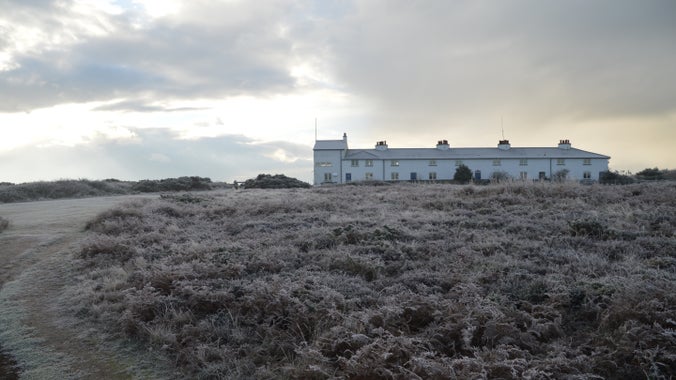
| Asset | Opening time |
|---|---|
| Heath | Dawn - Dusk |
| Car Park | 09:00 - 16:00 |
| Visitor Information | Closed |
| Tea-room | Closed |
| Kiosk | Closed |
| Ticket type | With Gift Aid | Without Gift Aid |
|---|---|---|
| Adult (18+) | £6.00 |
| Ticket type | With Gift Aid | Without Gift Aid |
|---|---|---|
| Adult (18+) | £3.00 |
| Ticket type | With Gift Aid | Without Gift Aid |
|---|---|---|
| Adult (18+) | £12.00 |
Small second-hand bookshop in the Coastguard Cottages
Car park is open 9am to 4pm and is locked outside of these times.
Dogs welcome - must be kept on a short lead 1 March - 31 August. A dog friendly route is available.
Seasonal Ranger Walks. See Upcoming Events for more details and to book.
Ice-cream kiosk available during the summer.
The Coastguard Cottages Tearoom serving drinks, snacks and light-bites.
Toilets and baby changing facilities available by the car park.
Blue Badge parking. Accessible toilet by tea-room. Trampers and chauffeur service bookable by phone. Braille map available. Assistance dogs welcome.
Waymarked accessible route. Speak to Visitor Welcome for more information.
RADAR accessible toilet available - own key essential.
Braille map available.
Blue badge parking available.
Available in Visitor Welcome and Tearoom
Small tearoom in Coastguard Cottage. Small door sill on the threshold.
Pre-bookable single person mobility vehicles available when Visitor Welcome is open. Please see opening times for further information on VW opening hours. Pre-bookable chauffeured vehicle service for either one wheelchair user and three passengers, or five passengers available. Please call 01728 648501 to book for both types of vehicle.
Benches and accessible picnic benches (by Coastguard Cottages only) spread throughout the site
Uneven slopes and tree roots. Sandy soils. This is an outdoor coastal site.
Coastguard Cottages, Minsmere Road, Dunwich, Suffolk, IP17 3DJ
Explore nature and the great outdoors at Dunwich Heath and Beach.

See what events may be happening during your visit or are upcoming at Dunwich Heath and Beach

Find out more about planning your visit to Dunwich Heath - including how to book a tramper, where to park and more about how we're making it as accessible as possible.

Dunwich Heath is a three pawprint rated place. The nature reserve is a wonderful place to explore with your dog. Here’s all you need to know about visiting with your four-legged friend.

Use this map to explore the different walks and trails at Dunwich Heath.
Lowland heath and acid grassland, rich in wildlife and home to several rare bird species.
Coastguard Cottages Tea-room, serving hot and cold drinks, snacks and light meals. Kiosk serves ice cream in summer.
Visitor information hut with wildlife information, children's trails, history trails and maps.
Barn with site history, children's activities, games, trails, wildlife information and a cabinet of curiosities.
Second-hand bookshop stocking books, CDs, DVDs and games.
Shingle beach with rare plant and wildlife species.
Characterful coastal cottages offering stays for two to four people including one accessible apartment.
Wooden play area for children to run and let off steam.
Head outdoors for some family fun at Dunwich Heath and Beach, with tracker packs, geo-caching, trails, den building, crafts and miles of walks.
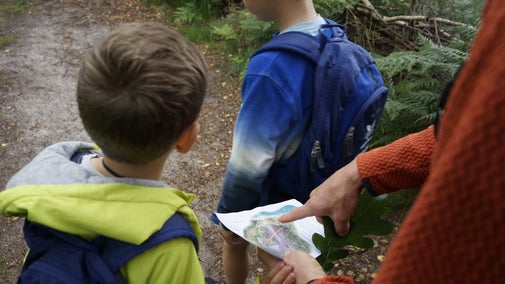
See what festive events are coming up at Dunwich Heath and Beach.

Find out what nature you can spot on a visit to Dunwich Heath and Beach.
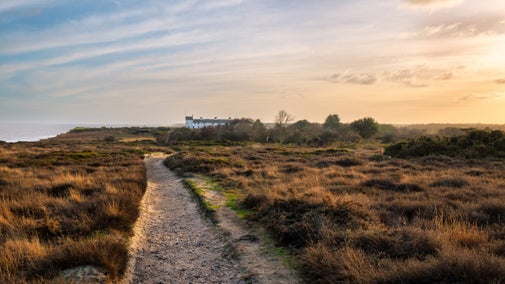
Find the reindeer on our Christmas trail, get creative in our craft workshops or bring your pooch along for a festive Christmas jumper dog walk.

A trail taking you on an in-depth dive into the wartime history of Dunwich Heath, stopping at locations around the site that still show evidence of the military activity.

Follow the Dunwich Heath Woof Walk if you would like to walk your dog off the lead without the worry of them running off into the undergrowth and disturbing the wildlife, and in doing so help us care for this beautiful landscape.

Follow the orange trail if you want a bit of everything on your walk, from the swathes of heather making up the heath with the rare Dartford Warbler maybe making an appearance, to the statuesque woodland where you might spot a flash of red and black as a Greater Spotted Woodpecker wings by, and the open expanse of the grassland where Stone Curlews and Hares hide amongst the swaying fronds.

Follow the pink trail to take in the best views of the heath, with the main body of the heather flowering between late July and September. Along the trail keep an eye out for our main bird species, the Dartford Warbler, or Red deer roaming the heath, and look to the skies for the musical Skylark singing overhead.

Follow the grey trail for views of the heath, patches of woodland, and Docwra's Ditch. Perfect for birdwatchers who are looking for woodland birds or reed dwelling birds such as Woodlarks or Reed Buntings, or for those who are after a gentle stroll in a peaceful place, with the wind sighing through the trees and the birds singing.

The tea-room is open for hot and cold drinks, snacks and light meals. If you have an allergy and would like ingredient information, ask one of the staff, who’ll be happy to help. The second-hand bookshop is attached to the tearoom and open at the same time, offering books, DVD's, games and CD's with all donations going to help look after Dunwich Heath.

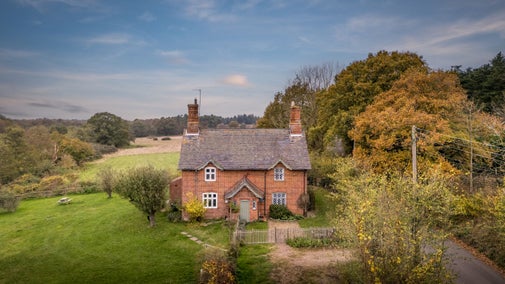
A peaceful retreat surrounded by grass meadows and pine forests, just a 10-minute walk from Dunwich Beach.
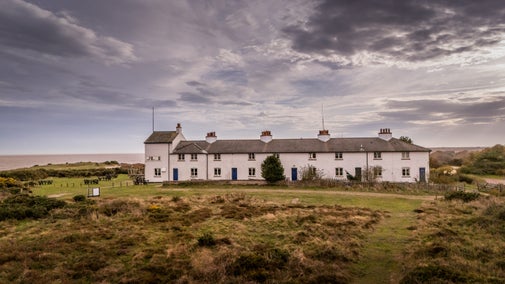
A white-washed apartment with views of Dunwich Heath and Beach from every window.
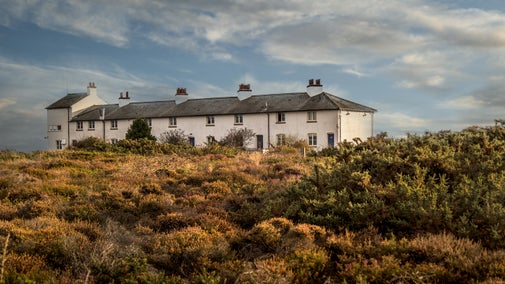
A bird watcher’s haven, this first floor apartment overlooks Dunwich Heath nature reserve.
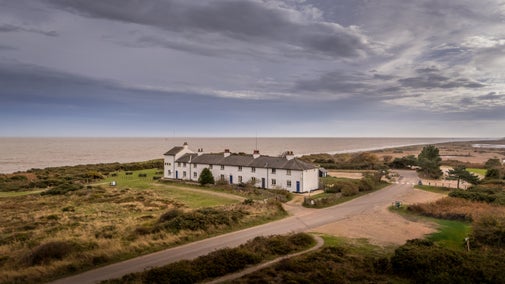
Once home to the Coastguards, now a beachside apartment with accessible facilities.
Come along to Dunwich Heath and make your own miniature reindeer to take home.
Rediscover nature and walk your way to better wellbeing on one of our volunteer-led group walks.
Put on your and your dog's favourite Christmas jumpers and join us for a festive dog walk around Dunwich Heath.
Tucked away on the Suffolk coast, Dunwich Heath offers you peace and quiet and a true sense of being at one with nature.
A rare and precious habitat, the Heath is home to special species such as the Dartford warbler, nightjar, woodlark, ant-lion, adders and much more.
Quiet and serene, wild and dramatic, this is an inspiring visit, whatever the time of year. From July to September, the Heath is alive with colour; a patchwork of pink and purple heather and coconut-scented yellow gorse is an unmissable experience.
Find out about the work we do to care for the landscape of Dunwich Heath, where the wide variety of habitats provides a home for many different species.

Dunwich Heath has a surprisingly turbulent past, from being a smugglers' haven and coastguard station, to a training area for D-Day.

There are many different ways that volunteering with the National Trust at Dunwich Heath can benefit you. Find out more about the roles and get in touch.

Dunwich Heath's patchwork of pink and purple heather is showing signs of recovery.
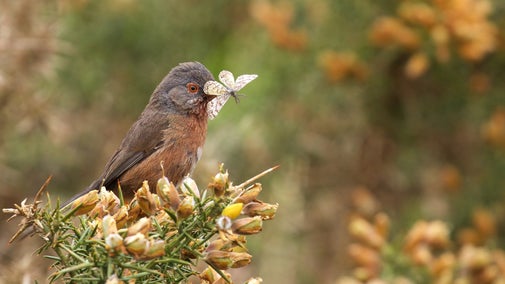
A Second World War pillbox at Dunwich Heath, which was used in preparations for the D-Day landings, has been transformed into a home for roosting bats.

Get the latest news on the development of Sizewell C and our commitment to protecting nearby Dunwich Heath and Beach.


Join today and help protect nature, beauty and history – for everyone, for ever. Enjoy access to more than 500 places with National Trust membership.
By sharing your email address you’re agreeing to receive marketing emails from the National Trust and confirm you’re 18 years old or over. Please see our for more information on how we look after your personal data.